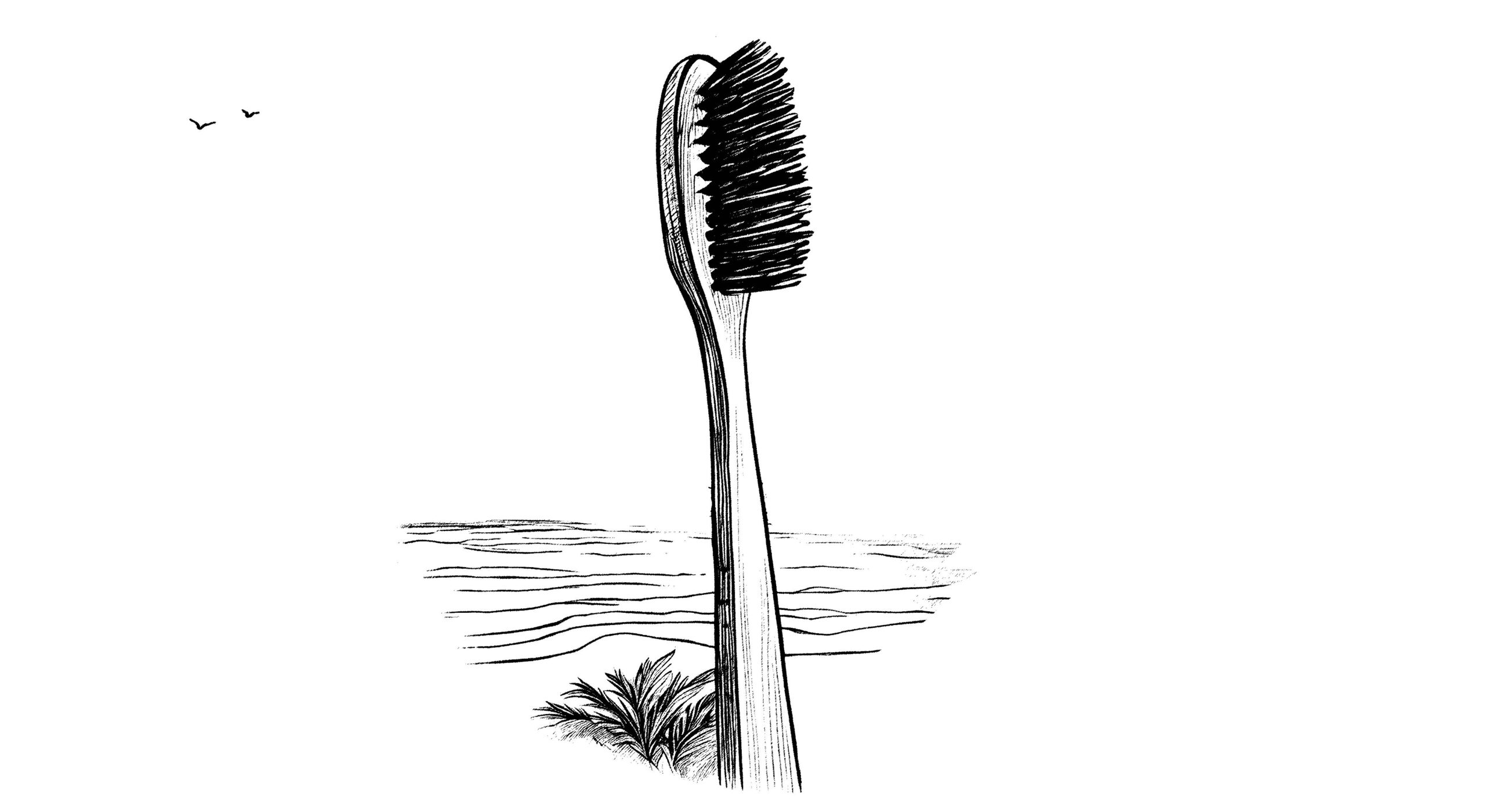
(A fantasy case history)
Let’s imagine that Colgate-Palmolive wants to increase the sales of Colgate toothpaste in Scotland by 5% in the next twelve months and to encourage the habit of brushing teeth twice a day.
A creative brief is written but there is division in the ranks of the client and the agency concerning the real reasons why Scottish consumers of toothpaste buy Colgate, the market leader.
Scottish people are well known for their love of, and consumption of sweets, and the majority opinion believes that consumers think that Colgate with fluoride prevents cavities by strengthening teeth. The alternative opinion believes that people use Colgate because they like the taste. As simple as that.
This is a creative problem because either positioning will materially affect the communication. So the question is put to research in the form of interviews with consumers of toothpaste and in group discussions with Scottish users of Colgate.
Results indicate that 20% of respondents buy Colgate because it helps prevent cavities. 80% buy Colgate because they like the taste.
The creative team therefore plan their campaign accordingly but with a creative twist. They negotiated the rent of a small square space on the ceiling of hundreds of dentists’ surgeries just above the chair, and in that square they placed the following message.
Colgate tastes great in the morning and last thing at night.
In England, where the research results were the opposite of Scotland’s, the message was this:
Colgate twice daily for strong healthy teeth.
This simplified, and completely imaginary, case history illustrates the importance of identifying the essence of any communication so that the most appropriate message is delivered to the target market.
And it is also true to say that once the real issue has been identified, the creative effort is relatively simple. The tough part is crystallising the problem.
The creative team was focussed on the correct motivating message aimed at the majority of the target market and delivered it in a completely original medium, using the ceiling above the dentist’s chair where it was bound to be noticed.


Comments are closed.